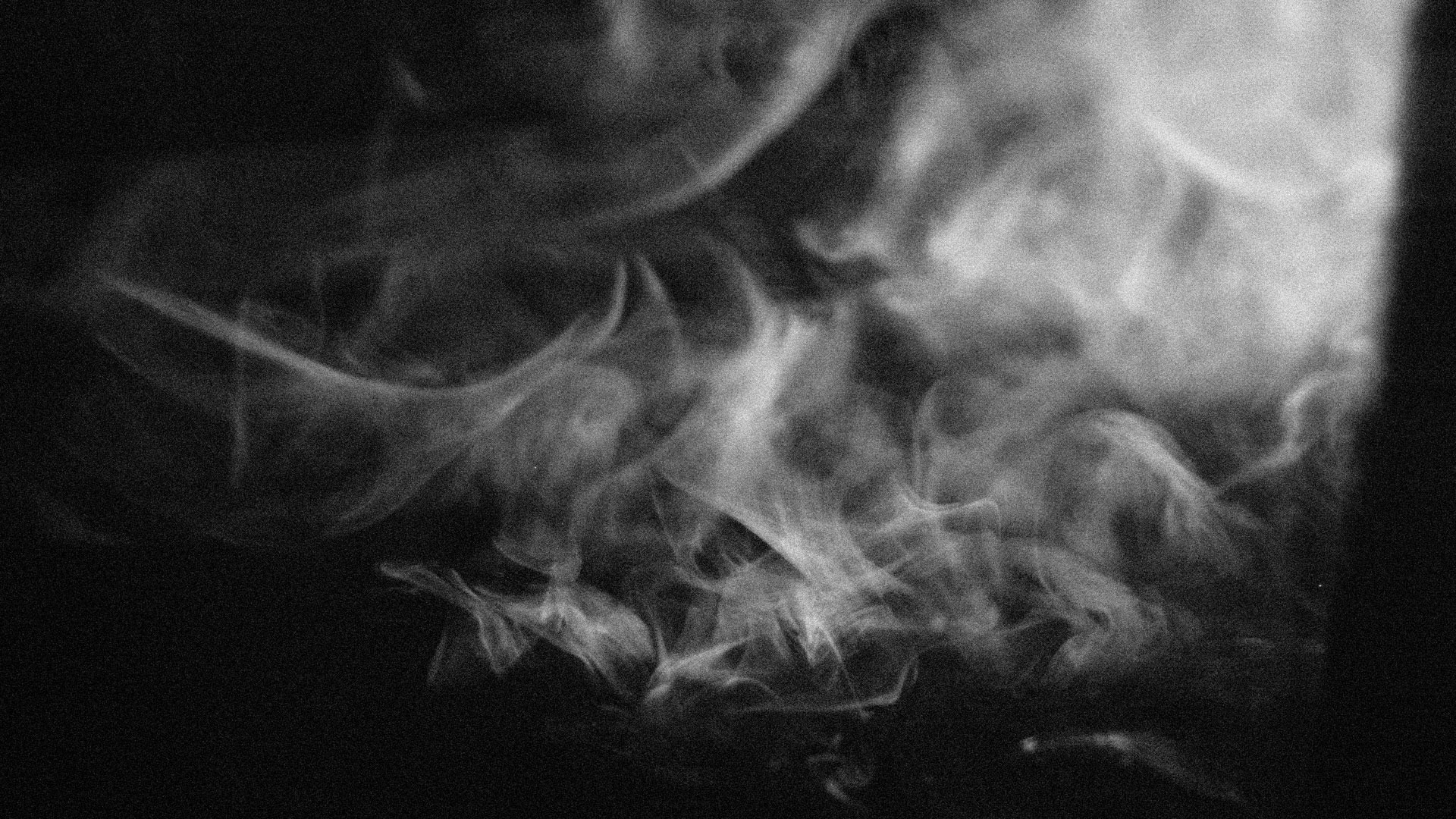How to get rid of smoke smells in your home
All the advice on how to get rid of smoke smells once and for all.

Find out exactly how to get rid of smoke smells in your home. Whether it’s cigarette fumes or smoke from a wood-burning stove, smoke scents have a crafty way of infiltrating carpets, clothes, curtains, walls, and furniture. But before you decide to ditch your favorite rug or long-loved couch, you should know that removing smoke smells from your home isn't a lost cause.
Thankfully, with the right steps, like investing in a good air purifier, you can breathe fresh life into your living quarters again. That’s why we’re going to be outlining how to get rid of smoke smells in your home for good, and not just for the short term.
You see, getting rid of smoke smells is more than just cosmetic. First, it’s not something you can quickly wipe away like a layer of dust. Second, the quest to bid goodbye to smoke odors for good is more about overall air quality than the stench smoke leaves behind.
How to get rid of smoke smells in the home quickly
If you don’t know where to start with eradicating smoke smells, that’s normal. While it might seem as though the only option is to start right away with a deep-clean or to employ a professional, there are a few simple steps you can take to purge smoke smells in the short term.
The U.S. Environmental Protection Agency (EPA) stated that indoor air is up to five times more polluted than the outside air. So while it may seem counterproductive to crack open your doors and windows in the winter, it's one of the simplest ways to circulate more outdoor air in and out of your home. Letting in outside air helps carry away pollutants such as smoke and soot.
Another way to get rid of smoke smells in the short term is a run-of-the-mill cleaning regime. The Federal Emergency Management Agency (FEMA) reports that common household tasks like dusting, washing, and disinfecting surfaces with mild soap or cleaning products will help to remove smoke odors quickly.
FEMA also suggests inspecting your home for ash and soot that may be clinging to floors, counters, and other surfaces, as well as sweeping soot and ashes outside, cleaning rugs, and wiping down walls and counters as needed. Not ridding your home of these things means they'll continue to recirculate in the air and contribute to lingering smoke smells.

How to get rid of smoke smells on furniture
When it comes to how to get rid of smoke smells in your home furniture, a little extra cleaning can go a long way. FEMA advises pulling on a pair of cleaning gloves and thoroughly disinfecting and deodorizing all of your carpets, curtains, upholstered furniture, mattresses, clothing, and anything else where smoke smells may be present.
Thankfully, things like wood furniture and floors aren’t beyond repair either, so you don’t need to worry about scrapping the family rocking chair or replacing all your wooden floorboards. Stripping these free from the smell of smoke is as easy as washing, dusting, and cleaning them with soap or wood-specific cleaning agents. Apply the same thorough cleaning and scrubbing techniques to cabinets, drawers, desks, tables, and wooden chairs.
When it comes to disinfection, two products are particularly helpful to have in your arsenal of cleaning supplies. Baking soda and white vinegar might sound like old-fashioned remedies, but these everyday household items can work wonders on smoke smells.

How to get rid of smoke smells in your home for good
Your house is where you spend a significant amount of your day, so learning how to get rid of smoke smells in your home for good will be your ultimate mission. If you already have an air conditioner installed, then you’ll be ahead of the game.
That's because air conditioners and proper ventilation are an effective team at pushing fresh air in and pulling stale air out of your home. Keeping up the circulation between rooms before smoke scents worm their way into hard and soft furnishings will prevent smoke odors from lingering. The EPA explains that when there's poor natural and mechanical ventilation, pollutant levels indoors will pick up because there isn't enough outdoor air arriving inside.
There’s another weapon you’ll want on your side, and that’s an air purifier. These will supplement proper ventilation and air conditioning, not replace them, said the EPA. If you want to double your efforts, indoor plants can purify air... to an extent.
Don’t expect your air purifier to remove all of the unwelcome particles in your home. While it can help to bring down the number of overall pollutants in a single space, it’s not a miracle solution, and it won’t take out every single pollutant either. For smoke particles specifically, the EPA suggests hunting down an air purifier with a high clean air delivery rate (CADR) for tobacco smoke, one of the smallest particles.
- Read more: Air purifier myths debunked
Sign up for the Live Science daily newsletter now
Get the world’s most fascinating discoveries delivered straight to your inbox.
Katie is a freelance journalist, sub-editor, and web content writer who covers everything from hobbies to luxury travel and wellness. Throughout her freelance career, she has been a regular contributor to LiveScience's sister site, Top Ten Reviews, and other publications. A content writer for a travel booking website and Assistant Editor for a luxury travel magazine, Katie is fascinated with the digital sphere and how it helps to inform and inspire people.











